1. Introduction
OSS plays a critical role in shaping the service portfolios of CSPs. OSS not only impacts a CSP’s agility to rollout new services; it also impacts their ability to measure the quality of services (QoS). However, due to exponential growth in data consumption in recent years, CSPs have prioritized investments in network upgrades over OSS/BSS transformations. Legacy OSS systems pose many challenges to CSPs, including:
In addition, large carriers and wireless operators have a vast array of products in their OSS landscape consisting primarily of silos of OSS stacks to manage different network technology domains. This approach is inefficient and costly from an OPEX perspective. Although CSP revenues are growing, growth in margins is not keeping pace. In fact, for some CSPs, OPEX constitute ~60% of revenues (see figure 1), pushing margins to unsustainable levels.
Network & OSS Managed Services Providers (MSPs) have gained significant popularity in recent years as CSPs outsource their network operations for cost savings. However, MSPs are also facing similar OSS challenges and are under cost pressure due to the network and OSS diversity of their clients. These OSS challenges are equally relevant for Tier 2 and mid-market operators and OSS on the cloud presents an interesting value proposition potentially addressing these challenges.
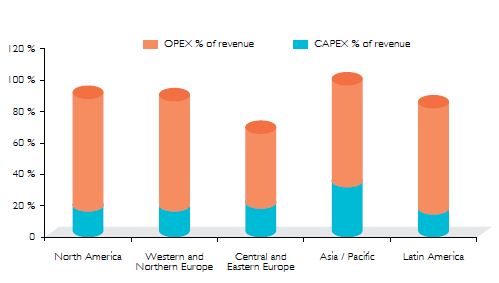
Figure 1: CSP’s expenditure by geography, Source: Wipro estimates based on Infonetics Research, 2011
2. The OSS Cloud Opportunity
OSS solutions deployed over cloud platforms can address many of the business and technical challenges faced by the communications industry today. In this section, we explore the business potential for OSS on the cloud and consider how industry participants can deploy this opportunity.
2. 1. OSS Cloud for Tier 1 CSPs
Tier 1 CSPs have multiple OSS applications. This is because of their heterogeneous technology and vendor landscape. One of the key challenges CSPs face is the management of software patches and upgrades. Due to the abundance of legacy systems, scaling up operations on an on-demand basis is another big issue.
Cloud-based infrastructure offers an efficient and easy way to enable resource sharing, automation and monitoring. We propose a cloud hosted OSS solution for Tier 1 CSPs. In this model, CSPs host the OSS solutions within their private cloud (see figure 2). It provides the flexibility to scale operations on-demand and simplifies software upgrade procedures, reducing costs considerably.
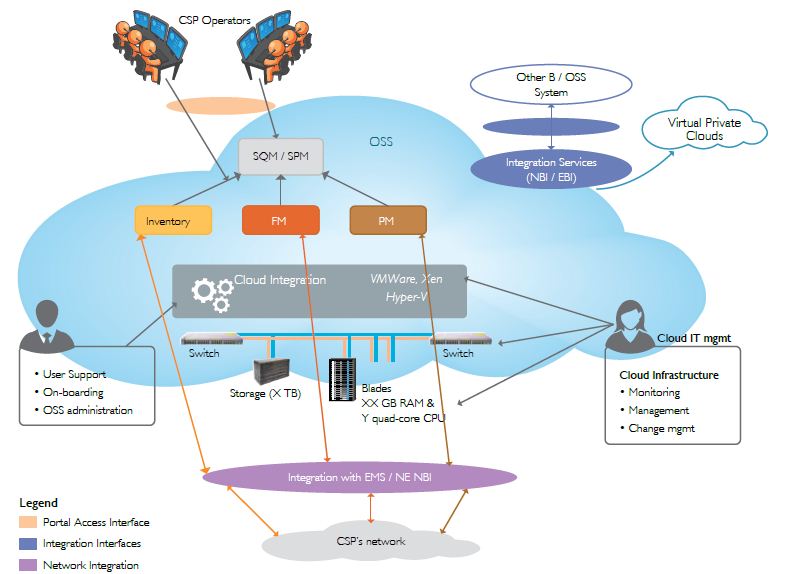
Figure 2: Reference Architecture: OSS Cloud for Ti
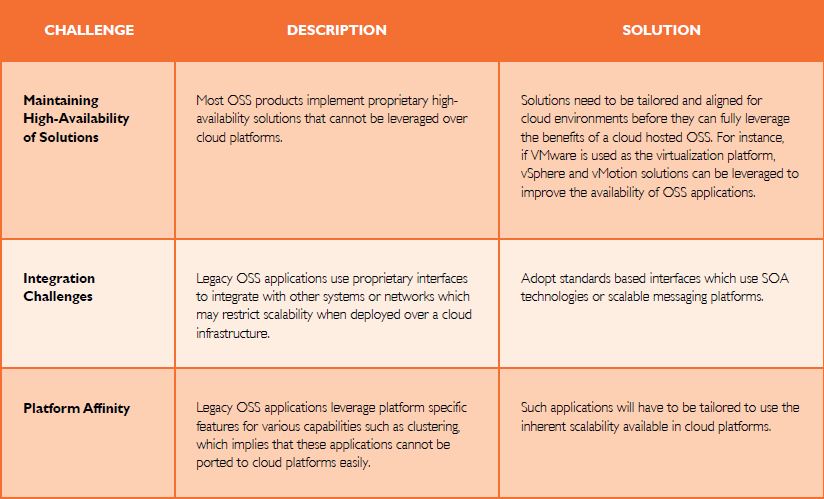
Business Benefits for CSPs
Although, the OSS on the cloud model presents some challenges, it can provide significant business benefits to Tier 1 CSPs, including:
1. Reduced Costs
2. Improved Operational Agility
3. Analytics Capabilities
2. 2. OSS Cloud for Managed Services Providers
Today, CSPs rely upon MSPs to improve their operations and reduce costs. One of the key challenges for MSPs is that CSPs have an array of OSS products from multiple vendors. These systems use different hardware and middleware and also have different upgrade cycles and change management processes. The overheads of managing the OSS applications prevent service providers from achieving economies of scale, significantly limiting their value proposition.
We propose a cloud hosted OSS model specifically tailored for MSPs. Moving to a cloud model (see figure 3) reduces both the CAPEX and OPEX for MSPs and provides much needed business and operational agility.
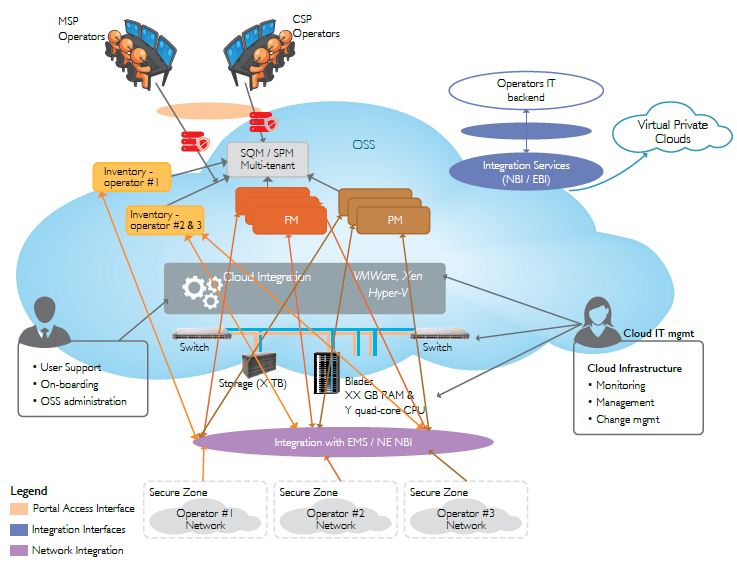
Figure 3: Reference Architecture: OSS cloud for a MSP, Source: Wipro Technologies
The model presented in Figure 3 includes some adoption challenges that are described below with possible solutions.
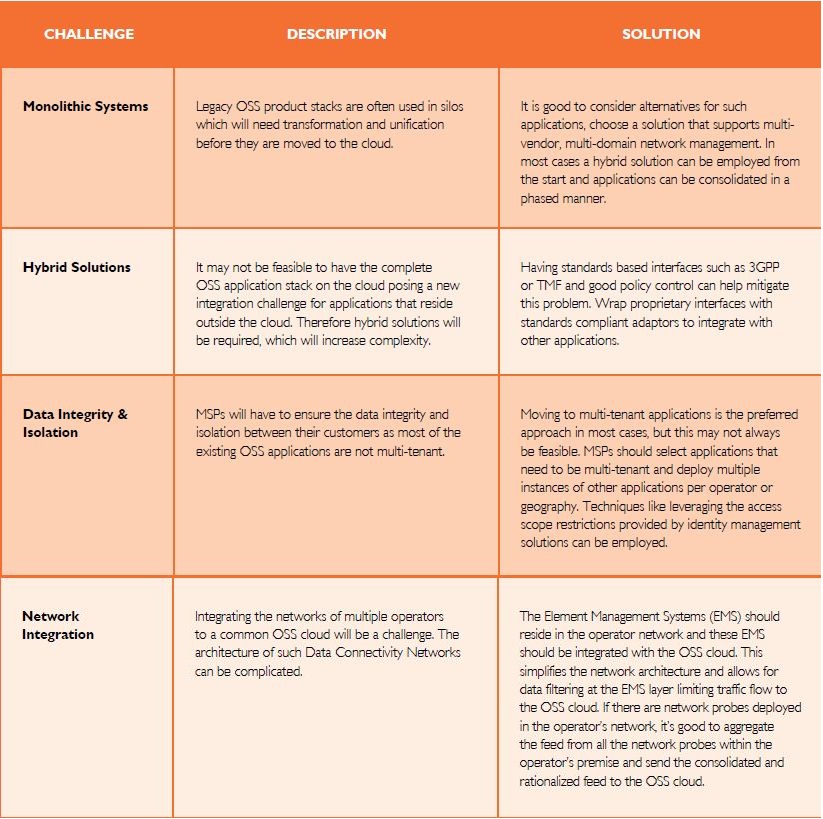
Business Benefits for MSPs
The key benefits of an OSS cloud model for MSPs are described below.
1.Reduced Costs
2. Operational Agility
3. Simplified Vendor Management
2. 3. OSS as a Service
OSS services delivered over the cloud in a SaaS model (see figure 4) offers small-to-medium sized CSPs a unique combination of technology and business flexibility – at a fraction of the cost of traditional licensed software. This model is more relevant for Tier 2 or 3 operators in emerging markets with limited budgets. On-demand cloud services can provide the same level of business maturity to Tier 2 and 3 operators that large CSPs enjoy while also reducing OPEX.
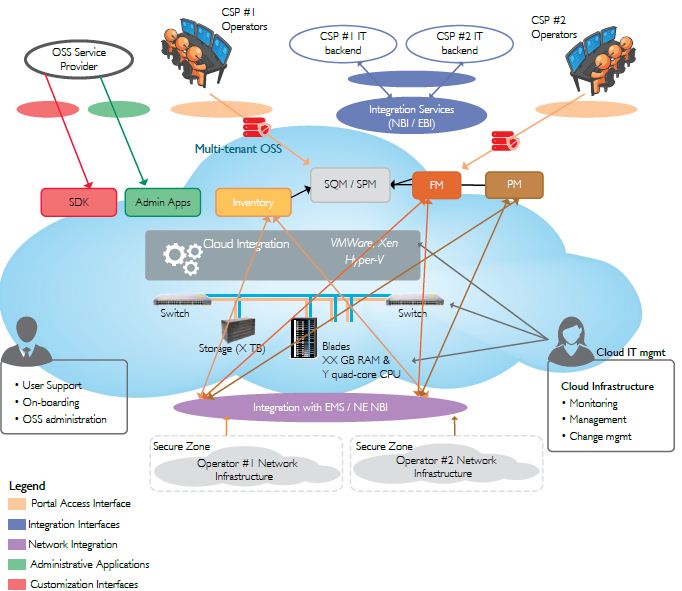
The model presented in Figure 4 includes some adoption challenges which are discussed below, along with a recommended remediation strategy:
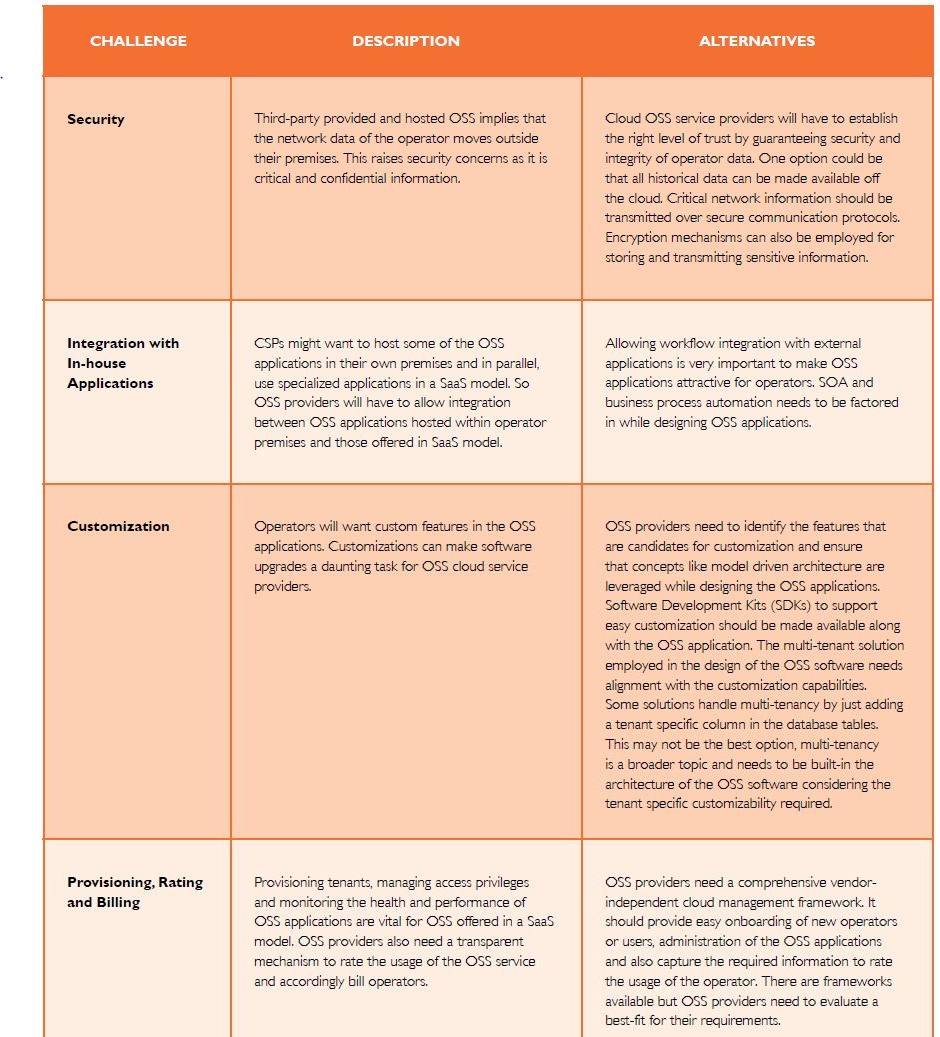
Business Benefits of OSS as a Service
OSS cloud in a SaaS model provides numerous business benefits to CSPs, discussed in more detail below.
1. Best of Breed Solutions
2. Reduced CAPEX and OPEX
3. Flexibility
3. Recommendations
There are different options for delivering OSS through the cloud. Identification of systems that can be migrated to the cloud requires an examination of architectural readiness, maturity and priority of the OSS product, in conjunction with an evaluation of the OSS landscape of the CSP. The deployment approach will also depend upon the scale of operations of the CSP. We propose a step-by-step approach for migrating to OSS on the cloud for the following three stakeholders:
3.1. Tier 1 Communication Service Providers:
Tier 1 CSPs typically have a large legacy system footprint and large network and IT operations. They must consider a phased approach towards cloud.
IT Roadmap and Strategy
IT-OSS Planning
Procurement Strategy
3.2. Tier 2, 3 Communication Service Providers:
Tier 2 and Tier 3 CSPs have more limited network and IT operations budgets than Tier 1’s. Greenfield operators can also be considered part of this category.
IT Roadmap and Strategy
IT-OSS Planning
Procurement Strategy
3.3. OSS Software Vendors
Recommendations for OSS vendors are discussed below.
Product Roadmap and Strategy
Product Architecture
4. Conclusion
With OSS becoming a complicated and critical function for CSPs, the benefits that can be realized by migrating OSS on the cloud has also significantly amplified.
To keep pace with market demand, CSPs will have to continue to make significant network investments. But the network is only as powerful as the operational systems that support it – OSS helps CSPs better leverage their networks and enables them to develop a portfolio of automated, high quality, secure services and applications. CSPs should carefully consider the benefits of OSS on the cloud which offers much needed scalability and flexibility that will help them keep pace with rapidly evolving market requirements.
The benefits for OSS vendors and MSPs are equally important as a SaaSbased model can provide recurring cash-flows and improved operational efficiency. This decouples OSS software sales with network upgrades or rollouts. It will enable OSS vendors to quickly rollout new features in OSS solutions to a larger segment of customers.
Raghavendra Tadepalli works as a Senior Consultant for Wipro’s telecom equipment vendor business unit. He has more than 10 years of experience in OSS/BSS solutions and works with the Telecom Research & Development Consulting practice that offers product strategy, architecture and technology consulting to major telecom software vendors. Jayanta Dey is Vice President and Head- Consulting, Solutions and Practice for Wipro’s telecom equipment vendor business unit.
Jayanta is Vice President and Head- Consulting, Solutions and Practice for Wipro’s telecom equipment vendor business unit. Jayanta has over 23 years experience in the telecommunications industry managing complex transformational deals and advising clients on various strategic issues. His areas of specialty include fault tolerant operating systems, network and service management and wireless technologies. Jayanta has held various leadership roles at Wipro and in the past he was also the Business Head for Wipro’s Wireless Network services